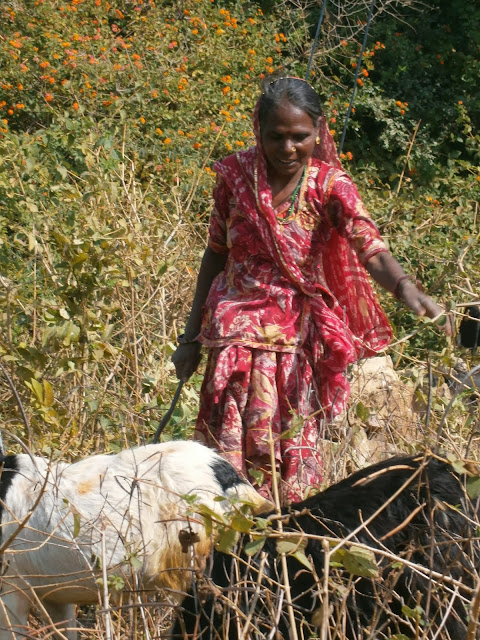 |
| Fulbright House in New Delhi - the "White House" in India! |
The Director of the US Fulbright office lives in the top floor of the mansion; it's very well cared for by multiple support help. It is quite a spot -- lovely grounds and facilities, nice restaurant, etc. The kale greens in the picture below are from the Fulbright garden. The Fulbright Director lives the life of the expat, engaged in tons of interesting stuff in India, and living a life that is part affluent Indian and part American. A great guy.
We left Fulbright House with a full bag of wonderful veggies from the Fulbright garden, complements of the Director, to be made into dinner later that evening.
There's always a twist in India. We had seen monkeys throughout India, including near the center of Delhi. We are wary of these animals given prior experiences, but they seem to ignore us in urban India, which is perfectly fine with us.
On the way back home, heading into the Delhi Metro station after leaving the Fulbright House, a monkey spotted the veggies in our clear bag and kept trying to steal them. Very pushy. Ken had to carry the bag overhead to avoid theft, with the monkey sweeping in for the steal. If Caroline was carrying the veggies, we would have been going out for dinner that night. The monkey followed us all of the way down one flight of the Metro stairs, continually looking for an opening. A little scary.
According to the Fulbright Director, the urban monkeys can be ruthless when it comes to food. About 20 years ago he and a friend were "mugged" by a team of monkeys. They got everything -- oranges, bananas, guavas, etc. There were a half dozen monkeys that confronted them, and they had no choice but to give up the goods. Sounds like we were lucky that our Delhi monkey was working solo.


























.jpg)
























